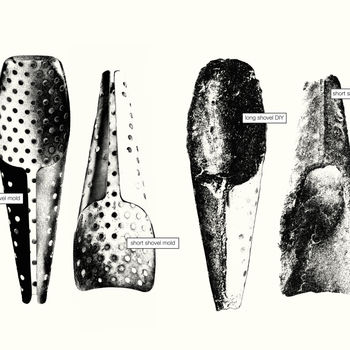“What future role can collective repair play for sustainable mobility?”
Bike mobility offers a sustainable, non-carbon transport mode, yet it is often limited by economic, technical, and cultural barriers to repair. This Master’s Thesis by Maximilian Carl Stahl in Eco-Social Design tackles these challenges through the co-development of a mobile repair workshop and imaginative event formats. Participatory design with Pedale Radicale (Bolzano), REX Bicis (Bressanone), and Ciclostile (Trento) informed tangible outcomes. Independent repair initiatives often operate outside mainstream economic systems. To support their continuity, the project explores diverse service models - from donation-based repair days to commissioned mobile events.

































